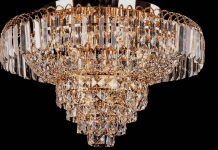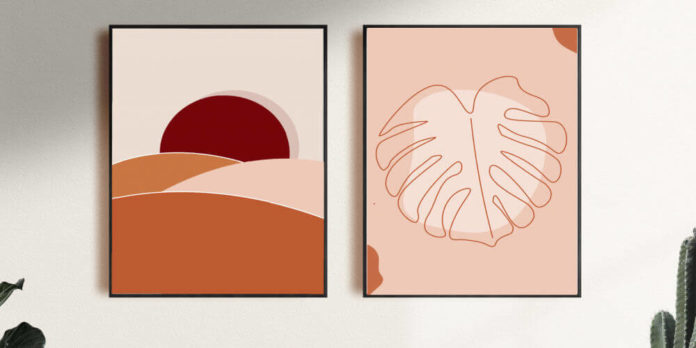As an art concept, minimalism took flight in the late 1950s and early 60s. All the primary artistic schools of thought were changing among the younger artists of the time. The majority of the best artists chose to move away from abstract expressionism, searching for something more appealing and stylish. As an extension of genuinely abstract art, minimalism eliminates all necessary art forms to expose the focal object’s beauty and purity. Minimalist art is associated with conceptual or abstract art forms that challenged conventional thinking about how art should be. Many minimalist artists tend to focus on work material surface, and as a result, their work is associated with honesty and truth. Let’s focus on the difference between minimalist, contemporary, and modern art.
Understanding Minimalism
Today, we can find minimalist designs almost everywhere we look. In technology, Google’s material design, Microsoft’s UI, and Apple’s iOS all incorporate excellent material design concepts in different forms. In reality, minimalism is more of a life principle than an art style.
Minimalism involves stripping off all extras until only the core is left. It is easy to confuse the modern, minimalist, and contemporary art styles. In addition to the concept of stripping objects to the bare minimum, minimalism also takes space into account.
In the context of minimalist art, anything can be considered minimalist if the original design puts efficiency before everything else.
Contemporary style
Contemporary styles are more of a trend, which means they are continually evolving. It is mostly about clean style, creating pieces that are fashionable and without ornamentation. In its most basic form, contemporary art refers to photography, performances, sculptures, paintings, and video art produced today.
Produced by living artists, contemporary art allows everyone to reflect on the day’s most critical social issues. Taking on a global influence, art by contemporary artists is a dynamic combination of methods, subjects, materials, and concepts.
In contrast to minimalist art, the central identifying concept in contemporary art is the lack of a uniform organizing principle. It is more of cultural dialogue, taking on contextual frameworks like social issues, nationality, community, and cultural identity.
Modern art
The birth of modern art resulted from the Industrial Revolution. After the transportation, manufacturing, and technological advances in the 18th Century and on to the 19th Century, there were profound changes in the world’s cultural, social, and economic conditions.
In the 19th Century, many artists started to craft scenes based on their personal experiences. Unlike minimalist art, artists explored dreams, personal iconography, and symbolism as methods of expression.
Note, artists that preferred the modern art style leveraged color, new techniques, non-contemporary materials, and mediums. These include photography, which was introduced in 1839 and quickly became a radical new way of presenting and interpreting life’s events.
Conclusion
Unlike other forms of art, minimalist art places emphasis on simplifying forms. This is through the artistic use of monochromatic primary colors, as well as basic shapes. There is also the anonymity of style and objectivity. Thus, to achieve true minimalist style, there must be a genuine reduction of complexity.



























